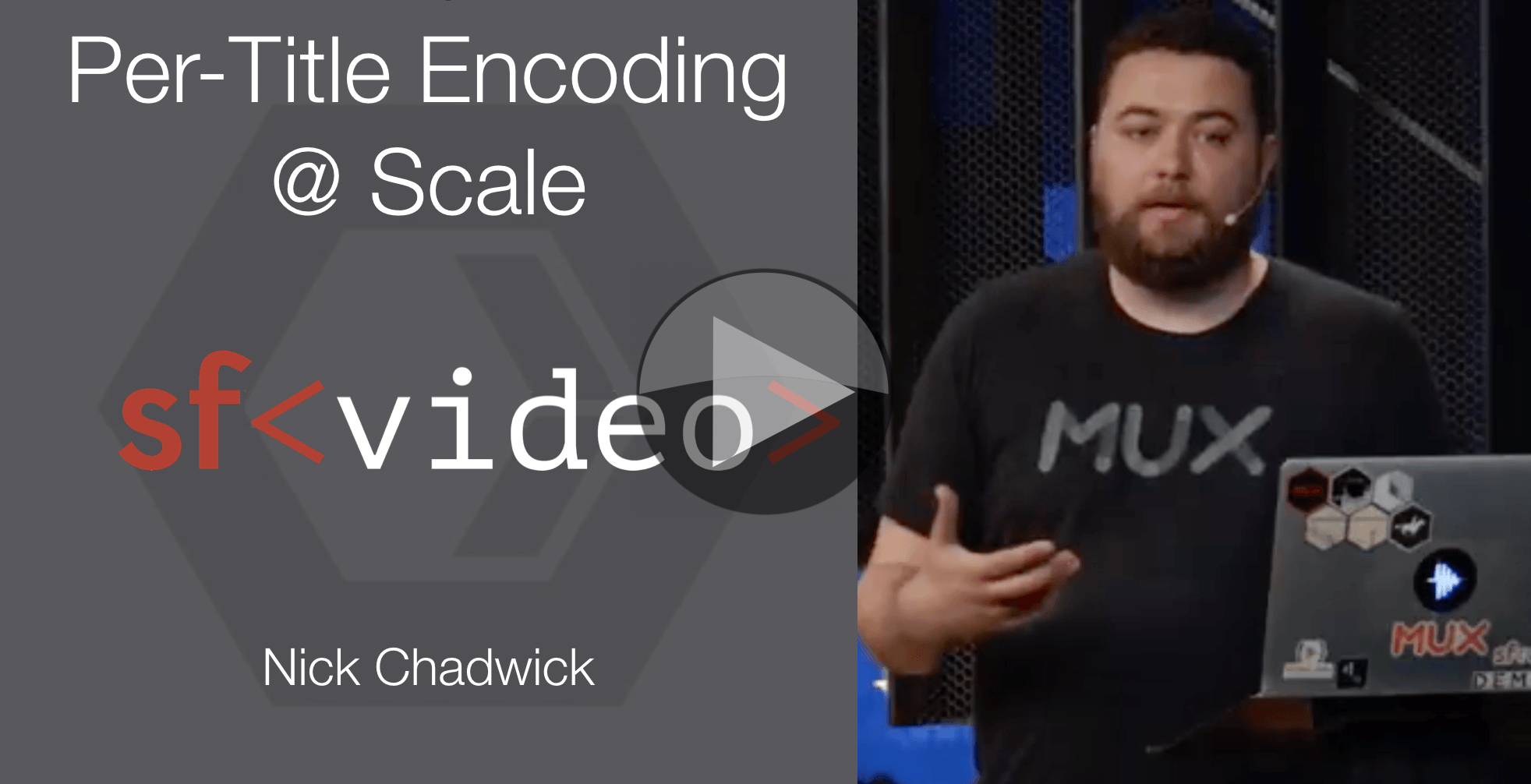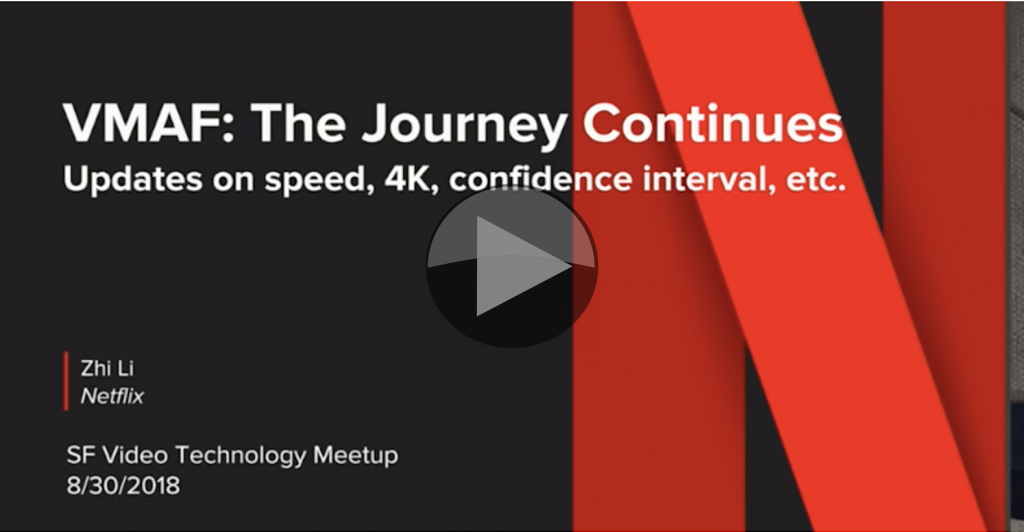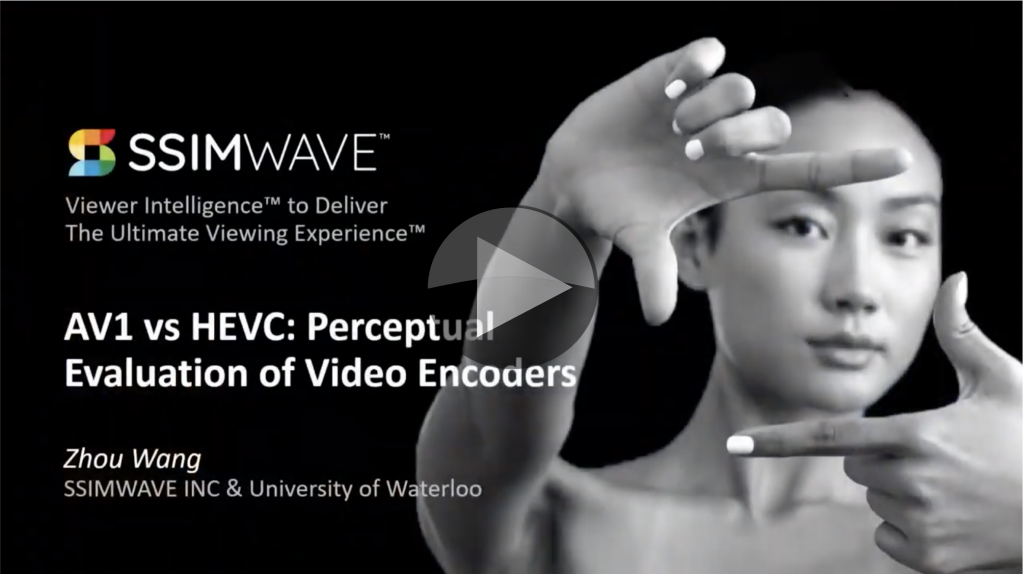Optimising encoding by per-title encoding is very common nowadays, though per-scene is slowly pushing it aside. But with so many companies offering per-title encoding, how do we determine which way to turn?
Jan Ozer experimented with them, so we didn’t have to. Jan starts by explaining the principles of per-title encoding and giving an overview of the market. He then explains some of the ways in which it works including the importance of changing resolution as much as changing
As well as discussing the results, with Bitmovin being the winner, Jan explains ‘Capped CRF’ – how it works, how it differs from CBR & VBR and why it’s good.
Finally, we are left with some questions to ask when searching for our own per-title technology to solve the problem we have such as “can it adjust rung resolutions?”, “Can you apply traditional data rate controls?” amongst others.
Speaker
 |
Jan Ozer Principal, Streaming Learning Center |








